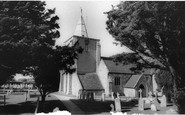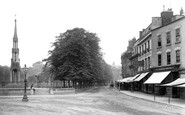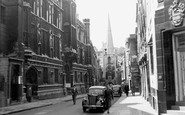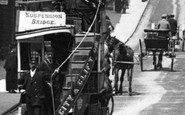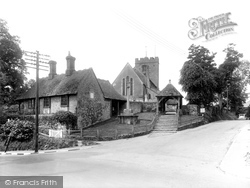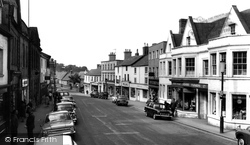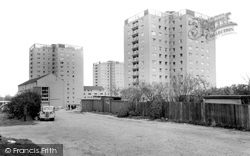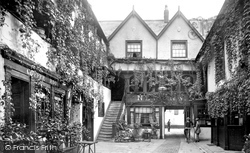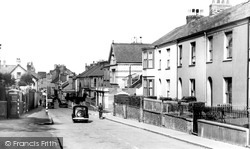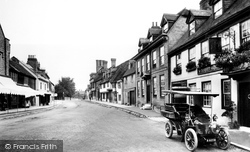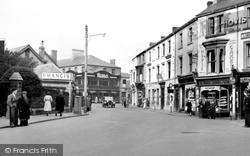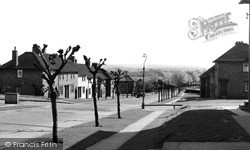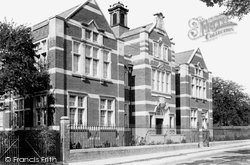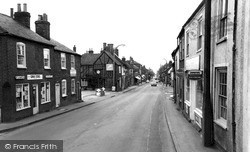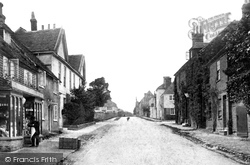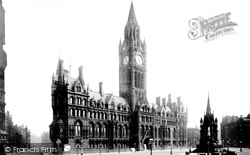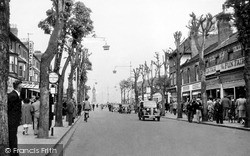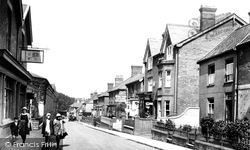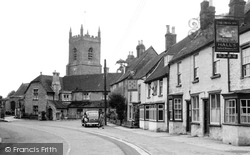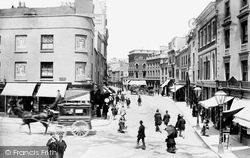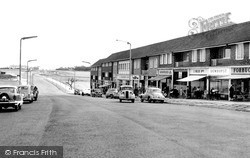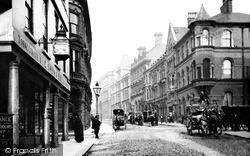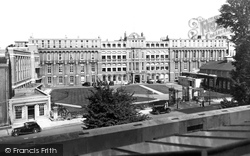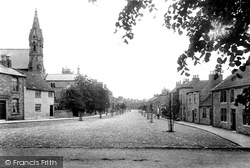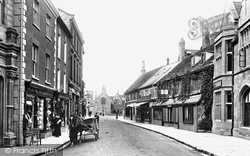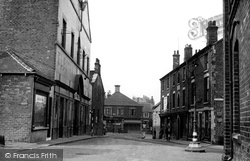Places
4 places found.
Those places high-lighted have photos. All locations may have maps, books and memories.
Photos
115 photos found. Showing results 181 to 115.
Maps
21 maps found.
Books
Sorry, no books were found that related to your search.
Memories
1,091 memories found. Showing results 91 to 100.
Synagogue
Brynmawr, my home town, although I haven't lived there for nigh on 40 years, it's still home. I have good and bad memories of Brynmawr. I was always regarded as a blacksheep, rebel, so the bad memories are of my own making. But ...Read more
A memory of Brynmawr by
Happy Times In Collyhurst
I was born in Windsors Street, Collyhurst in 1950. I went to St Oswald's School and also walked with St James Sunday School. I remember Pop Henson, he married my mam & dad. I remember the docs Davey, Duguid and ...Read more
A memory of Collyhurst by
Pontrhydyrun Avondale Road
I am Roger Davies of 11 Avondale Road, DOB 19.09.43. Went to Sebastopol Infants school 1948 and then to Griffithstown Junior Mixed - Bryn Jones prior to 11+ ! West Mon 1954. - Harrison, Garnet, et al. Recall ...Read more
A memory of Pontrhydyrun in 1948 by
Bronze Street Collyhurst
Hi everyone, I went to St Pat's 1956 -1962 and lived at 17 Bronze Street. I remember Brian Kidd going to our school. We had a good football team, I think the headmaster was Mr Cassidy who played for United in the ...Read more
A memory of Collyhurst in 1959 by
Summer Hols In Milford On Sea
When I was a child, living in Coventry, my parents used to pack me off to Milford to get some fresh sea air and spend quality time with my cousins! My best times were when we went off to buy sweets - I loved ...Read more
A memory of Milford on Sea in 1961 by
Bombing Raids In 1940
Bristol's premier shopping centre was turned into a wasteland of burned out buildings after major bombing raids in 1940, during the Second World War. Bridge Street Summary Bridge Street ran from High Street, rising up a ...Read more
A memory of Bristol by
Tales Of College Green
This shows College Green and its grand posh upmarket shops, at a time in the past when parking wasn't a problem. Many famous people lived round the Green over the years including Mary Robinson; actress and mistress of the ...Read more
A memory of Bristol by
St John's Gate Broad Street
St John's Gate in Broad Street in Bristol is the only surviving medieval city gateway, at one one time there were seven gates into the old city. Fortified gateways pierced the town wall at intervals. St John's Gateway, ...Read more
A memory of Bristol by
Victorian Horse Drawn Omnibus On The Park Street
This shows an early Victorian horse-drawn omnibus on the Park Street, Clifton, City Centre Bristol Zoo route. The fleet commenced with various horse trailers, totalling 109 with 678 horses. These ...Read more
A memory of Bristol in 1900 by
Fun On The Ferry
Around about l956/57 we would all go to dances or parties in Southampton and of course, from memory, the last bus home to Hythe/Holbury/Fawley/Calshot was about 10.30p.m. Inevitably we girls missed it so there was a mad ...Read more
A memory of Hythe in 1956 by
Captions
544 captions found. Showing results 217 to 240.
Lambton Hall is situated to the north-east of Chester-le-Street. Work began in the late 1790s, when William Henry Lambton had an old castle on the site dismantled.
A Roman settlement on Stane Street and the navigable River Arun. The village encompasses riverside and hillside, and has a main line railway station. The 15th-century church is on the hillside.
Looking down the High Street we can see Fosters Brothers (centre right) in a new building that replaced the Bear Hotel, one of Daventry's coaching inns.
Boundary Street was still a rough road when these flats were new. Today the flats` distinctive roofline has been renewed; the approach road is metalled now, and there are houses to the left.
The courtyard of the New Inn is easily reached from Northgate Street.
From further up Bear Street we see what was demolished to allow the new road through. Beyond the bow windows is now mechanised mayhem.
Situated in East Grinstead's historic High Street, the Dorset Arms stands on the site of a former hostelry known as the New Inn and then the Cat and Ounce.
There was once a railway crossing at the bottom of Commercial Street, the main business centre of the town.
A very regular row of houses lines this quiet street. I wonder if all the residents were enjoying their first taste of commercial television?
Built in 1906, this was the town's library until 1935, when new premises were completed in Duke Street.
It is a few years after No R87001 (above), and the High Street is still almost deserted - just a couple of cars but no pedestrians, despite the new-fangled zebra crossing.
The route now heads eastwards to Winchelsea, which is a mile inland and might be considered an impostor in this chapter, rather like Rye.
Albert Square adjoined the Town Yard, land that the corporation owned, and which was already being viewed as a site for a new Town Hall.
This is the main shopping street, and it leads up to the Victorian clock tower at one end from the railway station at the other.
The rather smart youngsters show no reaction to the news of the 'new crisis' on the newspaper placard on the left: the Germans had defaulted on their reparations payments.
Here we are looking along Church Street towards the 13th-century tower of St Eadburg's Church.
While the outbreak of the First World War delayed plans, immediately afterwards Carlisle was at the forefront of government- sponsored measures to build new houses.
The older anchorages of Sutton Harbour and Stonehouse, with the greater expanse of the Hamoaze and Plymouth Sound beyond, created a perfect naval base long before the new town of Devonport was founded.
To the south of Easington, the new town of Peterlee was developed with the aim of attracting light industry into the area.
The Nottingham Joint Stock Bank, later the Midland Bank, who had premises further up the street, then bought the plot of land adjoining its old building and built an imposing new office.
When Dr John Addenbrooke died in 1719, he left over £4,500 to build a new hospital. Here we see Addenbrooke's from the roof of the Fitzwilliam Museum in Trumpington Street.
Perhaps Richmond's most handsome and unchanged cobbled street, Newbiggin means 'new settlement'; its level width suggests that it was planned as the town's original market place.
Phillips & Handover is seen here on the left, looking along Half Moon Street towards the Almshouse. Several hats and garments are displayed outside the shop.
Eckington is another north-east Derbyshire town which formerly depended on the collieries which surrounded it, but which now is finding a new focus as a commuter town for Chesterfield and Sheffield.
Places (4)
Photos (115)
Memories (1091)
Books (0)
Maps (21)

